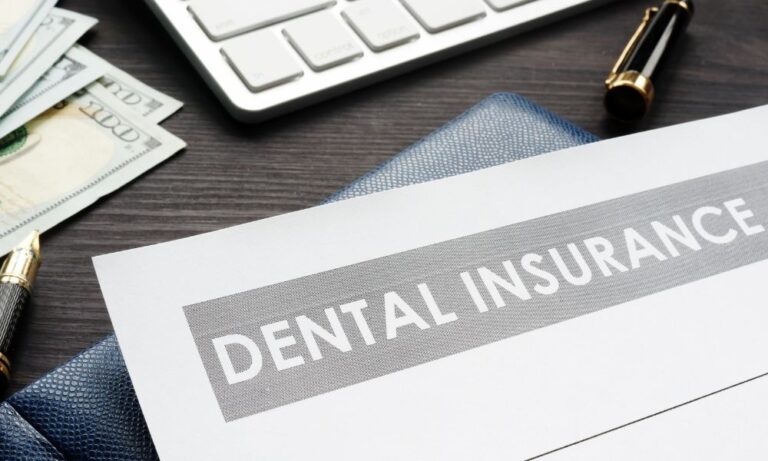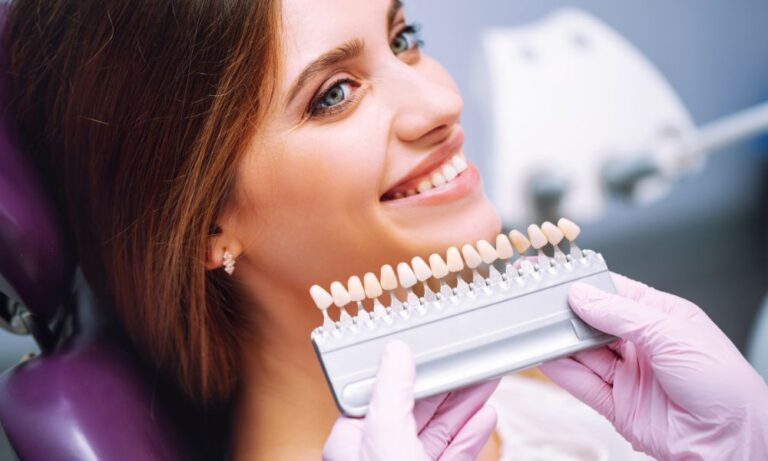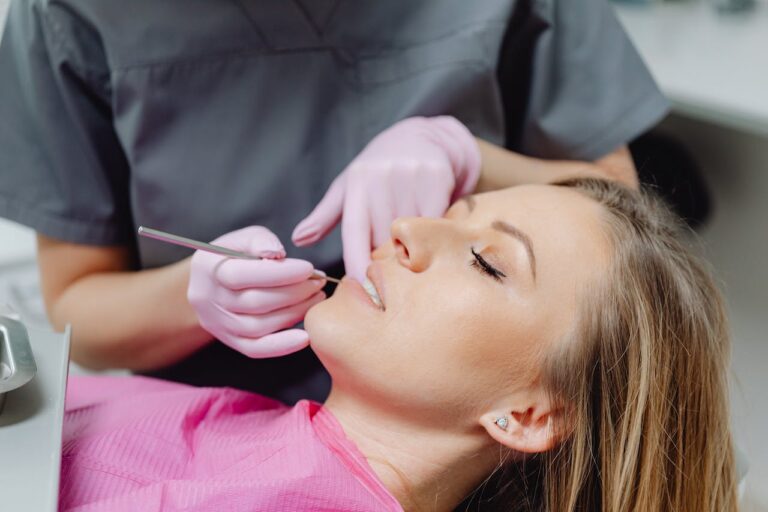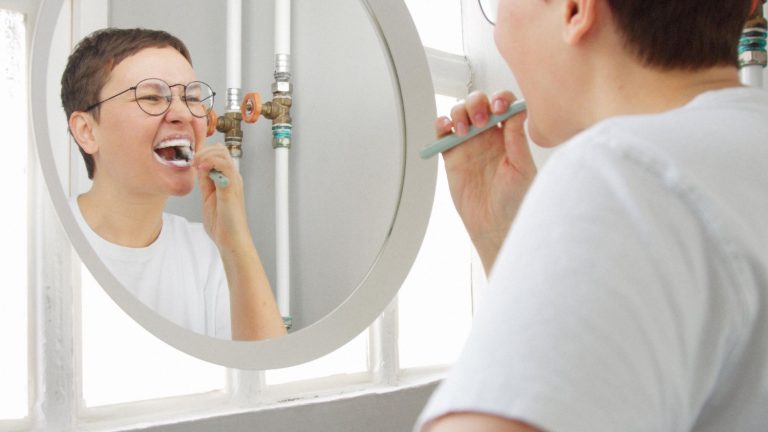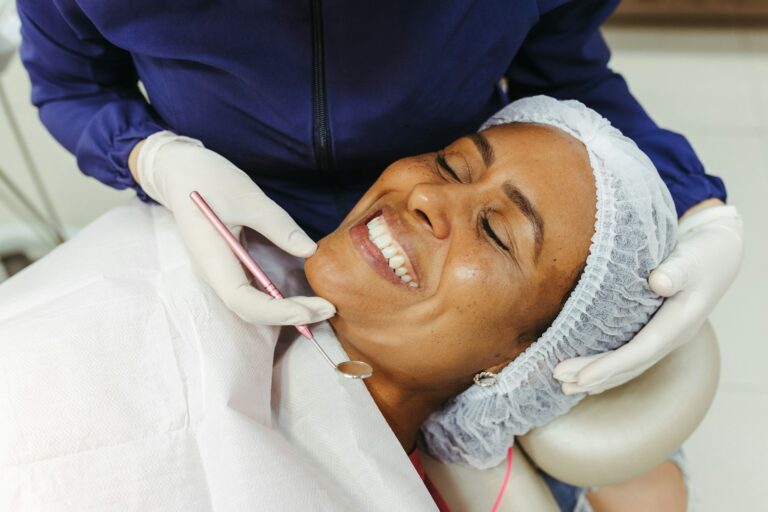Taking care of your gums is just as important as taking care of your teeth. Healthy gums help keep your teeth in place and prevent problems like gum disease. One of the best ways to care for your gums is by using the right toothbrush. The right brush can remove plaque without damaging your gums and help maintain overall oral health.
There are many types of toothbrushes available, which can make choosing the best one overwhelming. From manual to electric, each type has its benefits and drawbacks. Knowing what to look for can help you make an informed decision that benefits your gum health.
In this article, we’ll explore different types of toothbrushes and the key features that make them good for your gums. We’ll also compare manual and electric toothbrushes to see which one might be better for you. Finally, we’ll talk about how often you should replace your toothbrush to keep it effective. Let’s dive in and find the best toothbrush for your gum health.
Understanding the Different Types of Toothbrushes
When it comes to toothbrushes, there are several options to choose from. Each type offers unique benefits for maintaining gum health. Knowing the differences can help you select the best one for your needs.
1. Manual Toothbrushes: These are the traditional, hand-operated toothbrushes. They come in various bristle shapes, sizes, and textures. Manual toothbrushes are effective when used correctly, but they require proper technique to ensure all areas of your mouth are cleaned.
2. Electric Toothbrushes: Powered by batteries or a charger, electric toothbrushes have rotating or vibrating heads. These can be more effective at removing plaque and reducing gingivitis compared to manual toothbrushes. They do much of the work for you, which can be helpful for people with limited mobility or children.
3. Sonic Toothbrushes: A subset of electric toothbrushes, sonic toothbrushes use high-frequency vibrations to clean teeth and gums. The vibrations create small bubbles that help remove plaque even between teeth and along the gumline. They are highly effective for a thorough cleaning.
4. Interdental Brushes: These tiny brushes are designed to clean between teeth and around braces or bridges. They are especially helpful for people with dental work or wider gaps between their teeth. Interdental brushes can reach areas that regular brushes might miss.
By understanding these different types, you can make a more informed choice to maintain your gum health effectively.
Key Features to Look for in a Toothbrush for Gum Health
Choosing the right toothbrush involves looking at certain key features that enhance gum health. Here are some important factors to consider:
1. Bristle Softness: Soft bristles are gentle on the gums and just as effective at cleaning teeth as harder bristles. Hard bristles can damage gum tissue and lead to sensitivity or receding gums. Always look for a brush labeled “soft” or “extra-soft.”
2. Head Size: A smaller brush head can more easily reach all areas of your mouth, including the back teeth. This ensures a more thorough cleaning and better gum health. Larger brush heads can be harder to maneuver and may miss crucial spots.
3. Bristle Pattern: Different bristle patterns can help clean different areas more effectively. Some toothbrushes have crisscross bristles designed to lift and remove plaque, while others have rounded tips for gentle cleaning. Look for a pattern that suits your oral needs.
4. Handle Design: A comfortable handle makes it easier to brush for the recommended two minutes. It should provide a good grip and allow you to control the brush with ease. Some handles have ergonomic designs to prevent slipping.
5. ADA Seal of Approval: Checking for the American Dental Association (ADA) seal ensures that the toothbrush has been tested for safety and effectiveness. Products with this seal meet high standards and are reliable for maintaining gum health.
Considering these features will help you choose a toothbrush that protects your gums and keeps your mouth healthy. A well-chosen toothbrush is a simple but powerful tool in your daily oral care routine.
Manual vs. Electric Toothbrushes: Which Is Better for Your Gums?
Choosing between a manual and an electric toothbrush can be tricky. Both have their pros and cons, and what works best can depend on your individual needs.
Manual Toothbrushes: Manual toothbrushes have been around for a long time. They are simple, affordable, and require no batteries or charging. You control the brushing speed and pressure, which can be good for people with sensitive gums. However, manual toothbrushes require you to use the correct technique to be effective. This means brushing for a full two minutes and reaching all areas of your mouth.
Electric Toothbrushes: Electric toothbrushes come with many advantages. They often have timers to ensure you brush for the right amount of time, and their vibrating or rotating heads can clean teeth more thoroughly than manual brushing. Electric toothbrushes can make it easier for people with arthritis or limited hand movement to brush effectively. They can be a bit more expensive and need regular battery changes or recharging, but many people find them worth the investment for their ease of use and superior cleaning power.
Which Is Better?: Both types can effectively maintain gum health if used properly. The choice between manual and electric often comes down to personal preference and any specific dental needs you might have. If you’re not sure which is best for you, consult your dentist for advice. They can help you make an informed decision based on your oral health condition.
How Often Should You Replace Your Toothbrush?
Keeping your toothbrush in good condition is vital for maintaining gum health. An old or worn-out toothbrush can be less effective at cleaning your teeth and gums and could even cause harm.
1. Every Three to Four Months: Dentists recommend replacing your toothbrush every three to four months, or sooner if the bristles are frayed. Worn bristles can’t clean your teeth as effectively and can be hard on your gums.
2. After Illness: If you’ve been sick, replace your toothbrush to avoid reintroducing germs into your system. This applies to both colds and more serious illnesses.
3. Visible Wear and Tear: If your toothbrush shows signs of wear, such as bent or discolored bristles, it’s time to replace it. A brush in bad condition can’t clean your mouth properly and might even damage your gums.
4. Electric Toothbrush Heads: If you use an electric toothbrush, remember to replace the brush head just as frequently as you would a manual toothbrush. Follow the manufacturer’s guidelines for changing brush heads to ensure your device is working at its best.
By keeping your toothbrush fresh and in good condition, you help ensure that it continues to clean your teeth and gums effectively. Regular replacement is a simple but essential step in maintaining excellent oral hygiene.
Conclusion
Choosing the right toothbrush is essential for maintaining healthy gums. Whether you prefer a manual or electric toothbrush, it’s important to look for features that will help keep your gums in tip-top shape, such as soft bristles and a comfortable handle. Remember to replace your toothbrush regularly and consult your dentist if you have any questions about the best option for your gum health.
By paying attention to these details, you can significantly contribute to your overall oral health and prevent gum disease. Healthy gums support strong teeth and can save you from painful and costly dental issues down the line.
For personalized advice and top-notch gum care, schedule a visit with Colorado Gum Care Broomfield, CO. Let our Broomfield dentist help you find the perfect toothbrush and keep your gums healthy. Contact us today to make an appointment!


